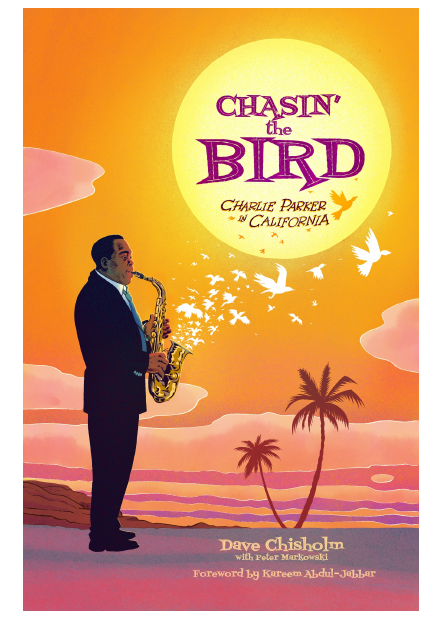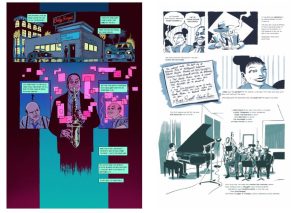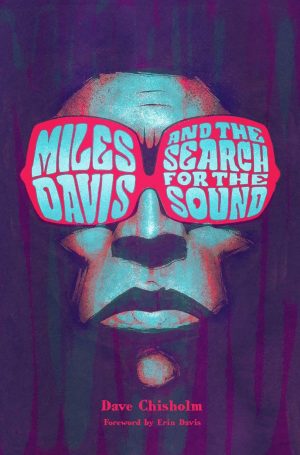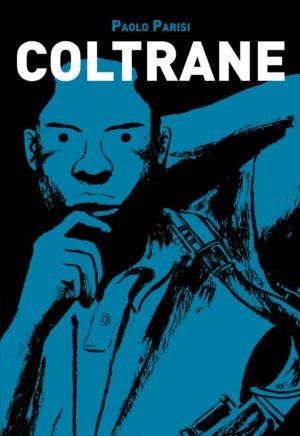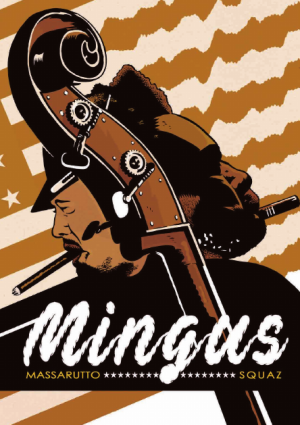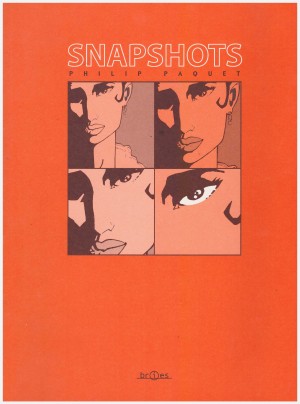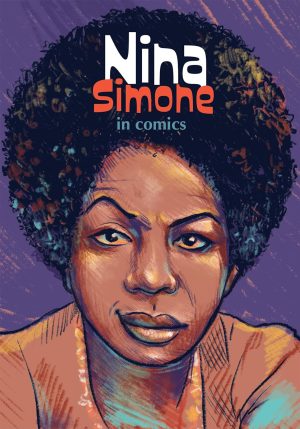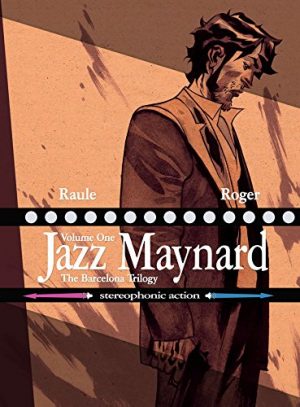Review by Frank Plowright
In Charlie Parker a profoundly influential jazz saxophonist whose influence remains apparent today was combined with a tragically addictive personality that would eventually kill him. Dave Chisholm begins this biography and appreciation in 1947, when Parker’s demons were public knowledge and at his first public performance in ten months. Cleverly, he contrasts the fragments of Parker with the fable of blind men feeling parts of an elephant and each coming to a different conclusion as to what it is. The prompt is that with Parker also, the entirety must be experienced for proper appreciation.
Chisholm then proceeds to supply six testimonials from people who knew Parker, sometimes briefly, sometimes intimately. There is some fudging to fit the form, as Chisholm begins with Dizzy Gillespie, a man who knew Parker as completely as anyone both as a friend and band member. However, the portraits pull Parker from cliché, revealing not just a tormented musician, but an intelligent, well rounded individual who may not have been greatly educated, but possessed a mind capable of not only grasping concepts, but applying them to what he did. The pieces gradually supply all salient biographical material
There’s also a virtuosity to Chisholm. You won’t find many artists switching their style so effectively from chapter to chapter in order to reflect the circumstances in which meetings occur or the moods of the piece. Chisholm is especially talented at making music come alive artistically. There are pages where musical notes occur, but none where they emerge from Parker’s saxophone. Instead the music is conveyed by lines, shapes and colours, yet the art is collaborative, and the colour supplied by Peter Markowski is attuned to mood and situation. It changes along with the drawing.
For a long time there’s a concentration on inspirational achievement to Chasin’ the Bird, and it seems as if Chisholm’s going to skip the downside, but the grim incidents are present. Some are slipped into the earlier chapters in passing, Gillespie being reluctant to discuss Parker’s absences, but the horror gradually coalesces, and there’s the realisation of how mistaken it would be to begin in the pit.
Chasin’ the Bird is is a flit around Parker with a definitive cut-off point in 1947, during which Chisholm hasn’t supplied the entire elephant. This isn’t just Parker in California, yet only refers to the final eight years of his via life via aspiration. Drug use is never fully dragged into the open, and even within the period concerned there’s certainly the viable query as to whether it inspired or hindered Parker as a musician. Equally, that’s probably only a question Parker himself could honestly address, and honesty wasn’t a defining characteristic.
To characterise Chasin’ the Bird by omission, though, is to focus on the wrong areas. It aims to soar for the stars and heads ambitiously in the right direction, producing incisive pages of wonder and imagination illuminating more than you previously knew of a fundamentally troubled genius.
